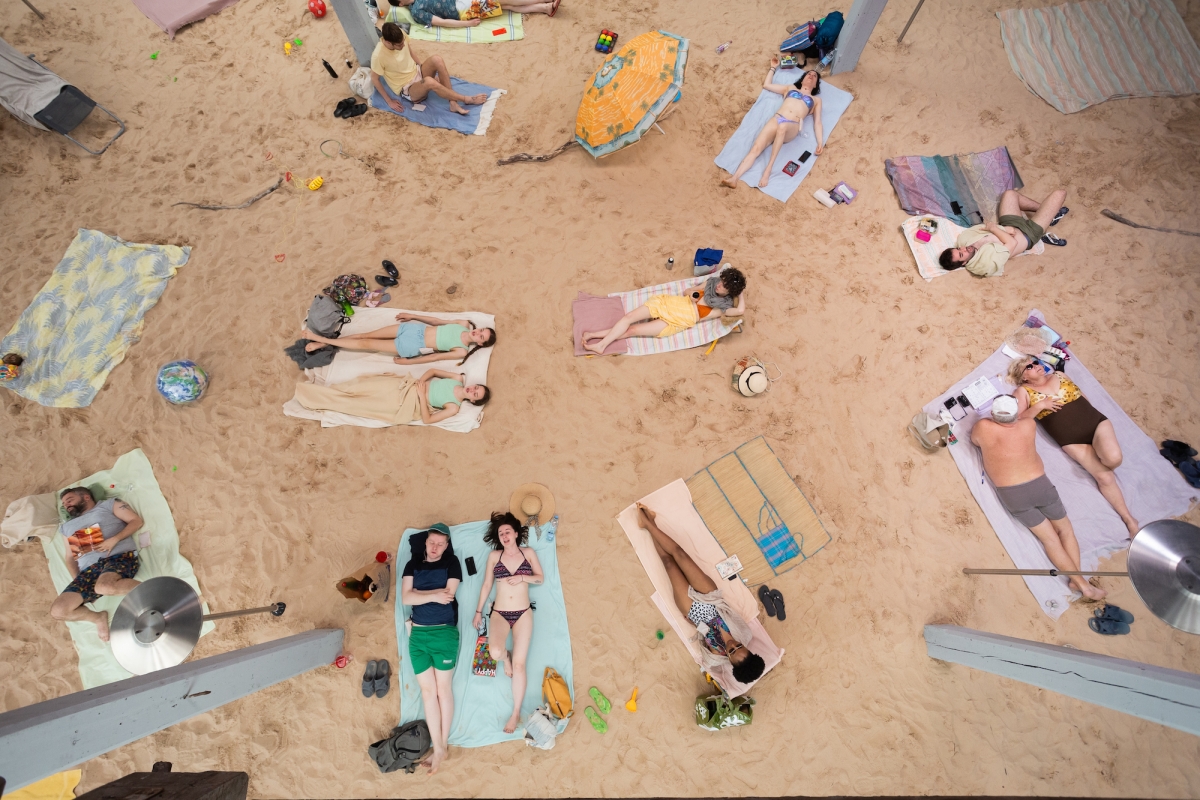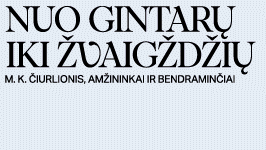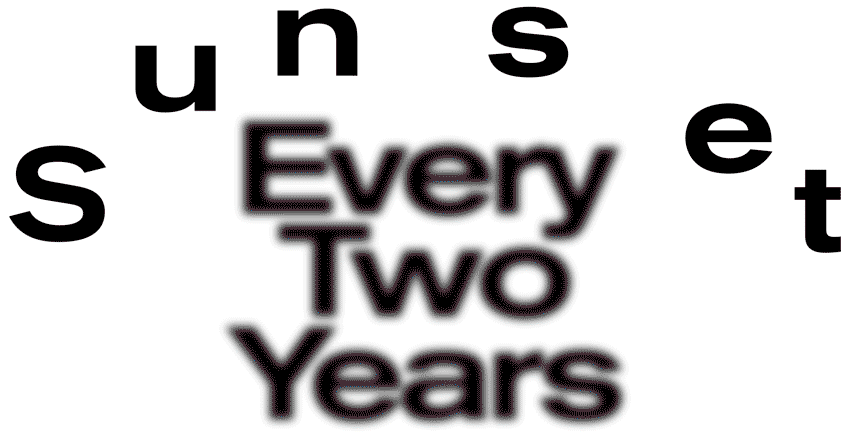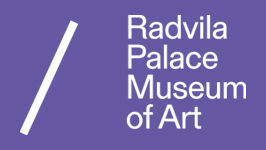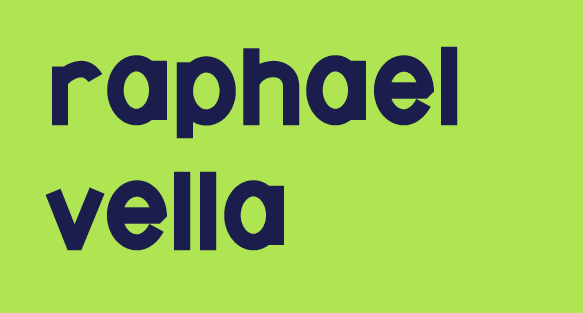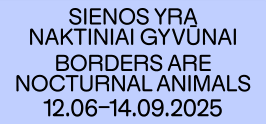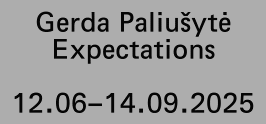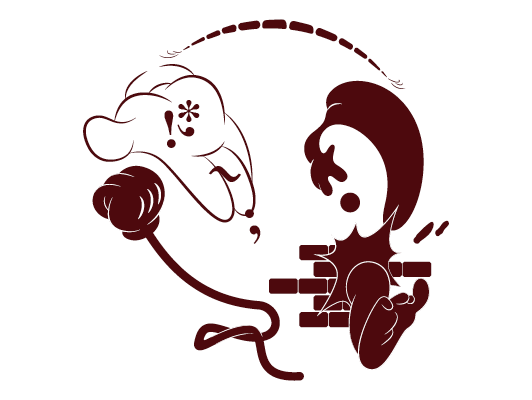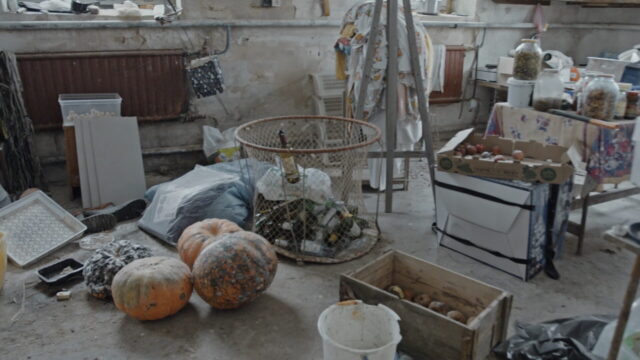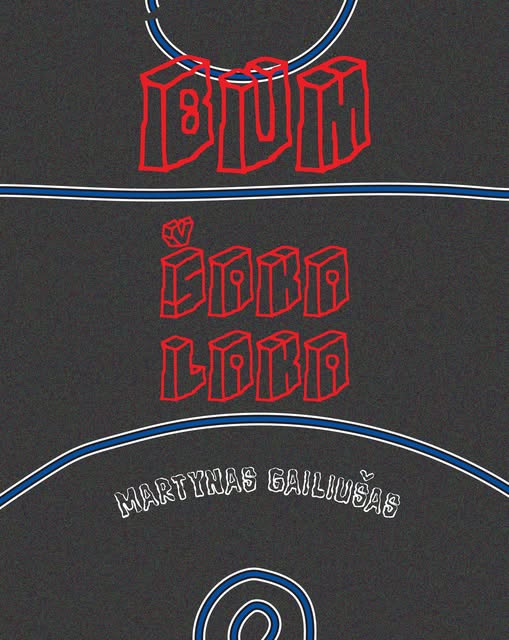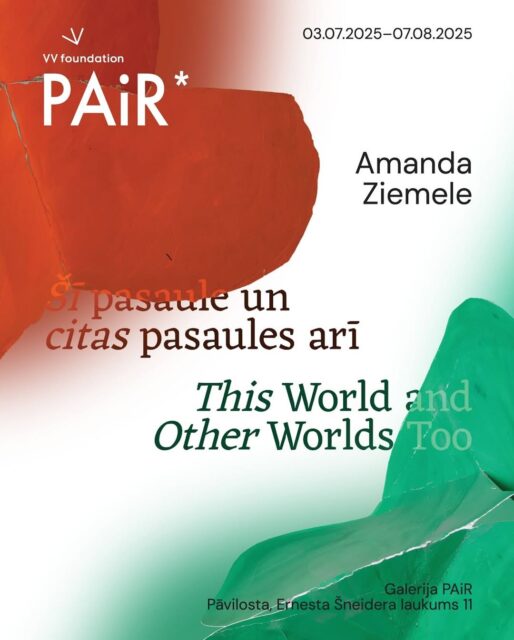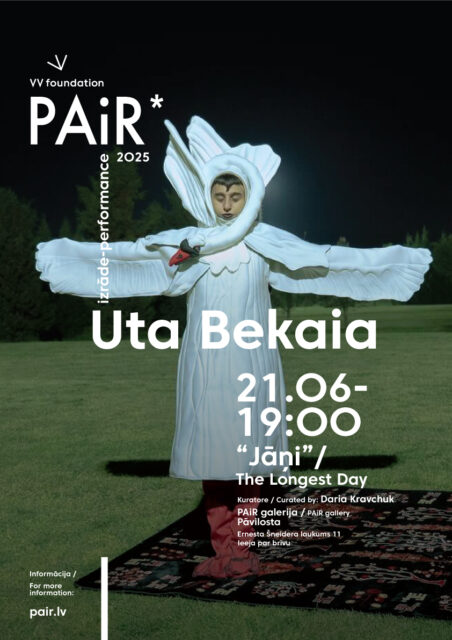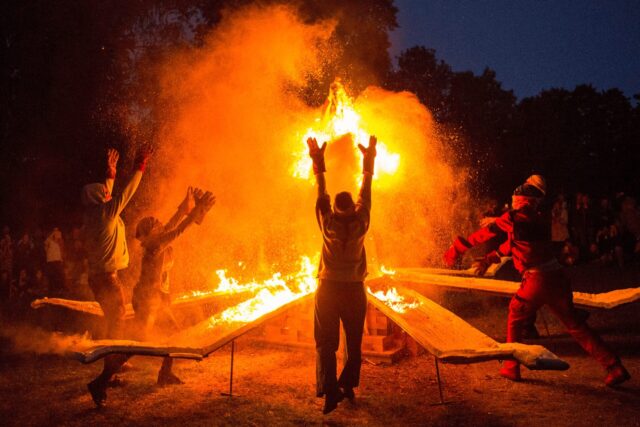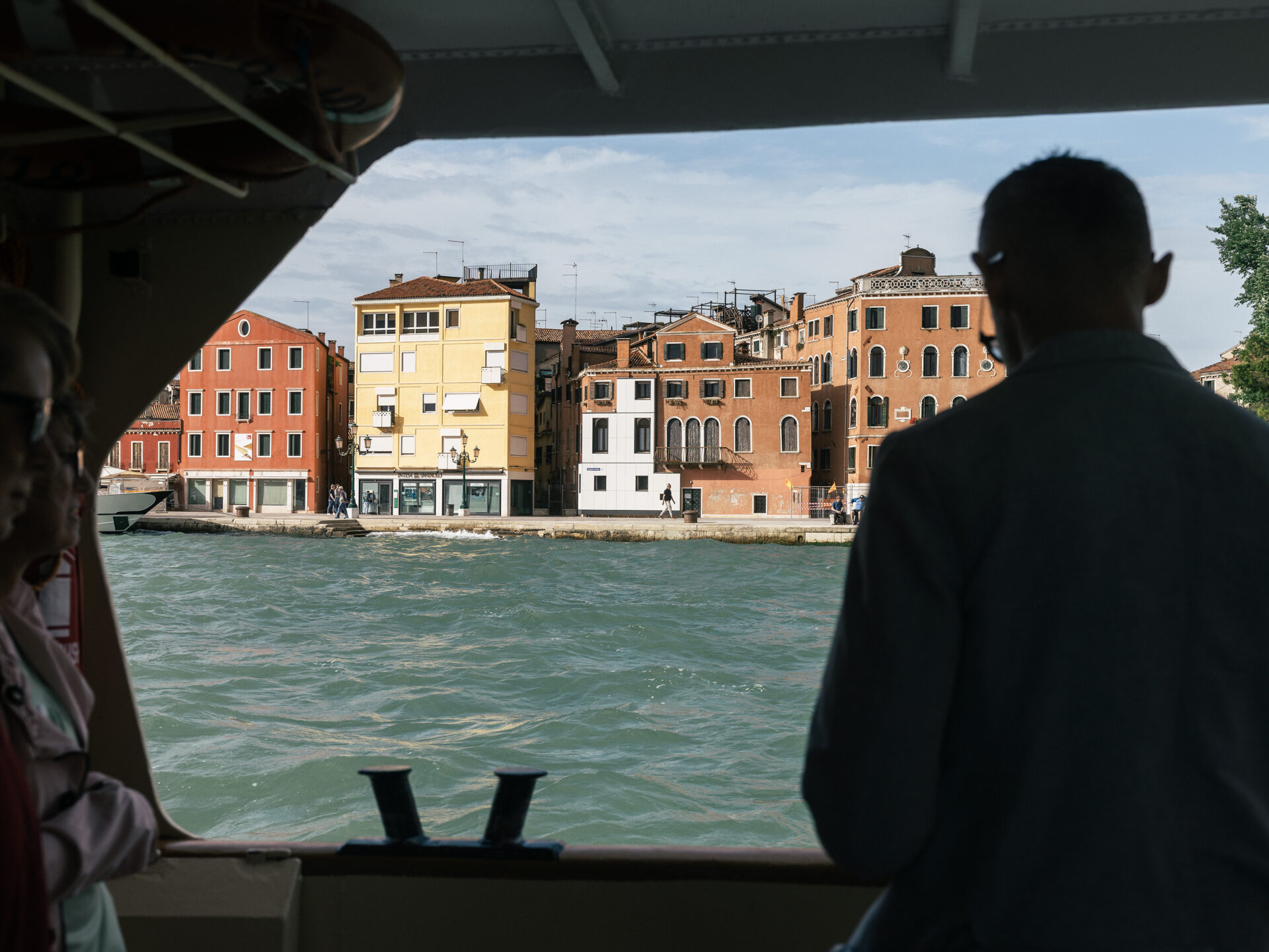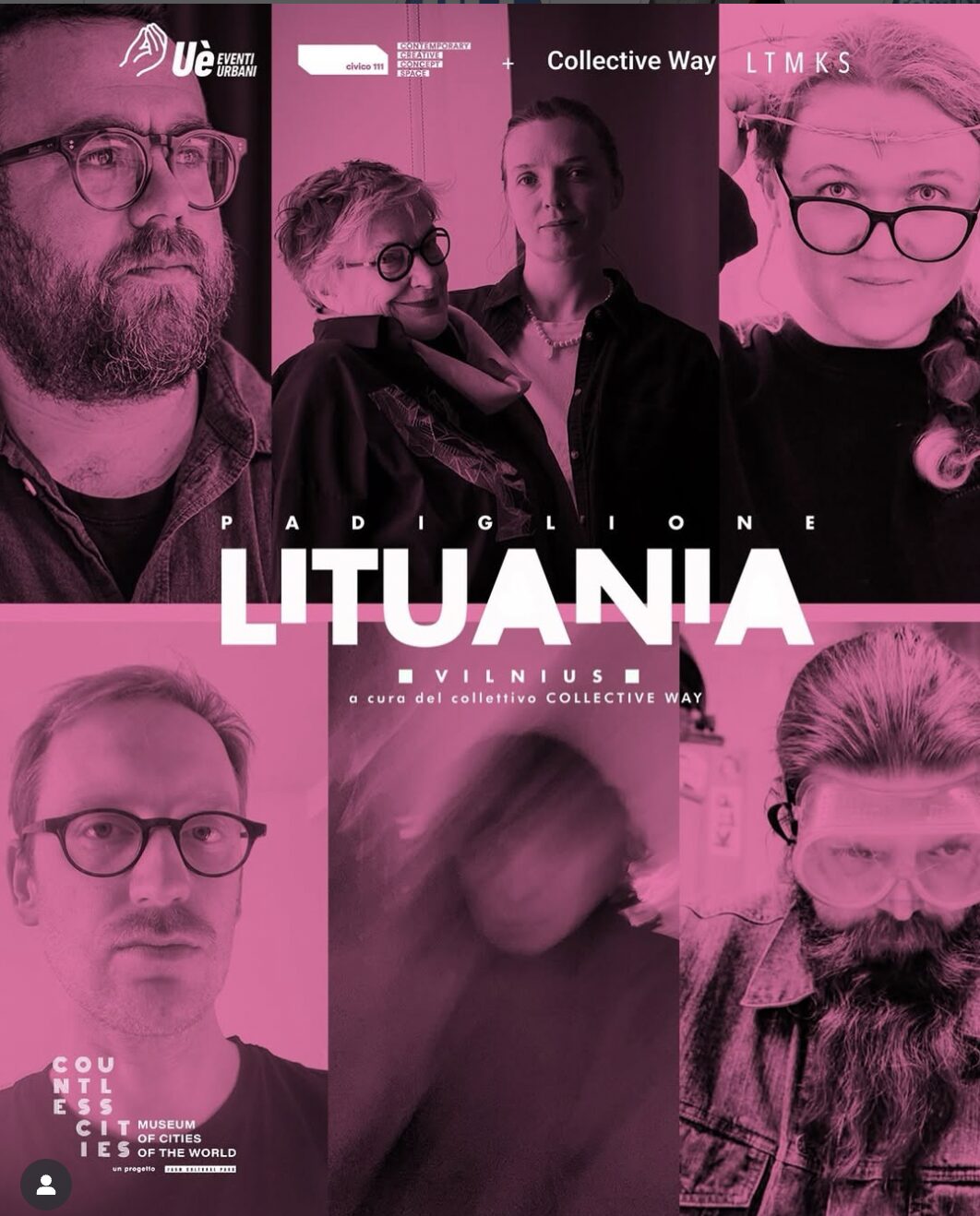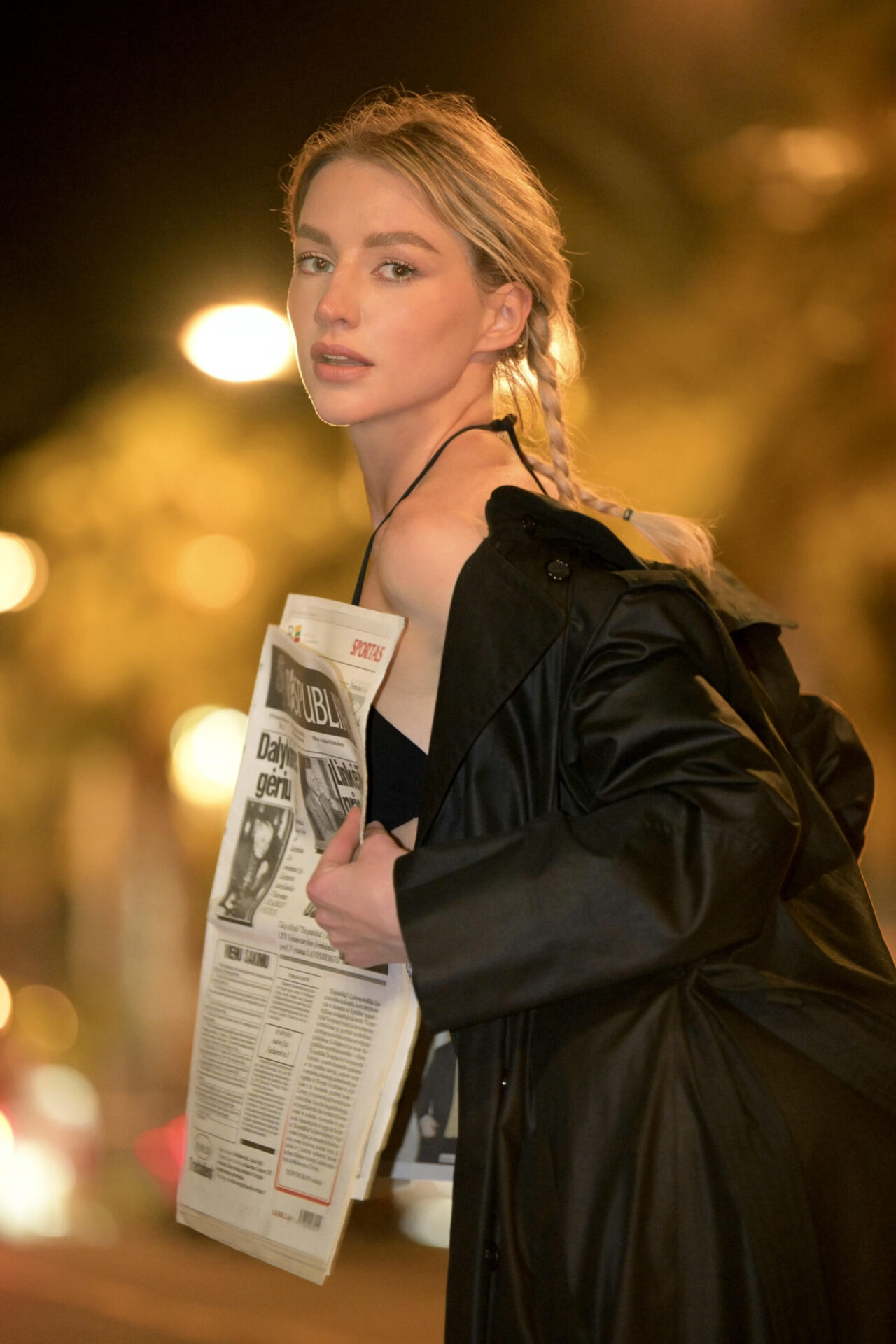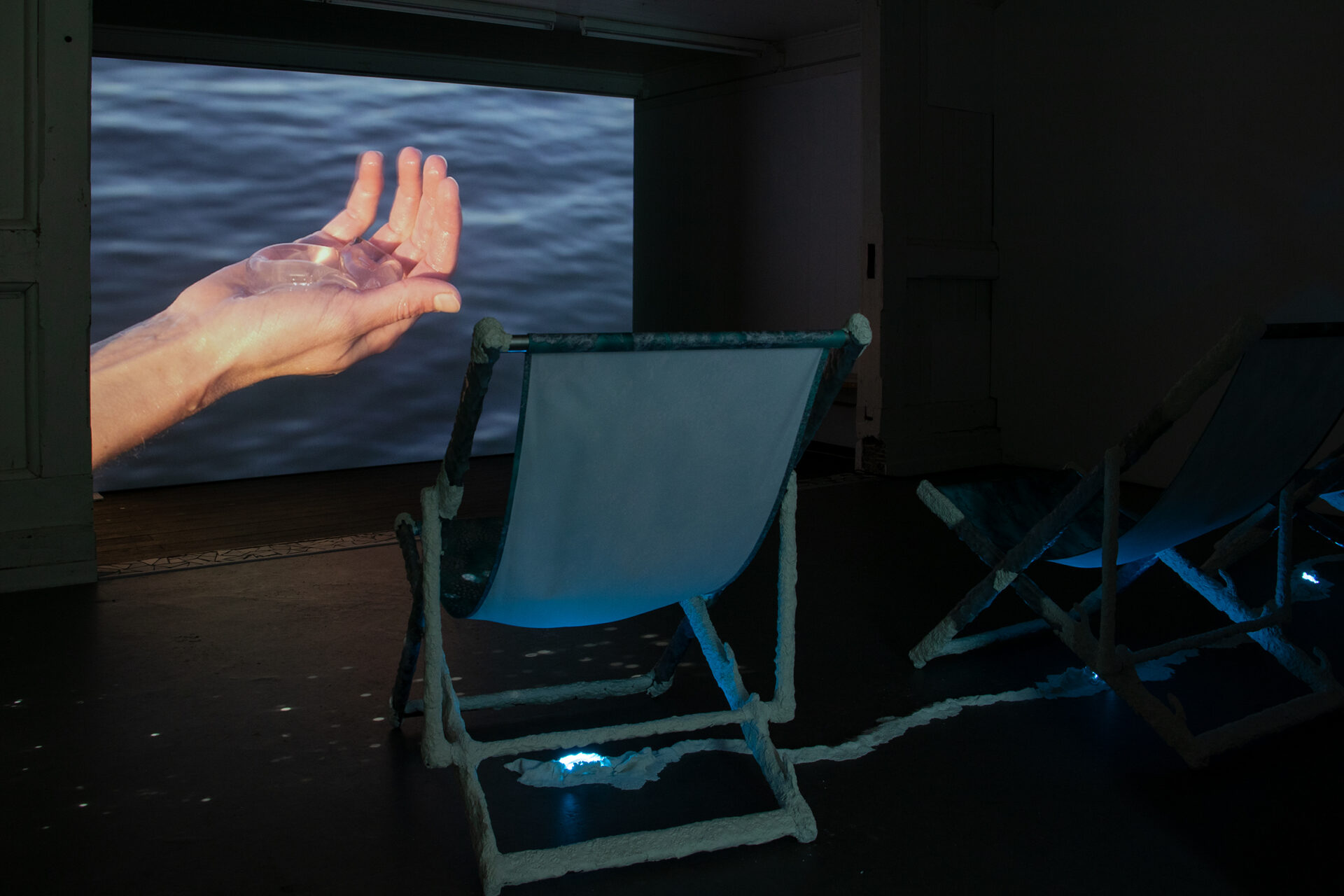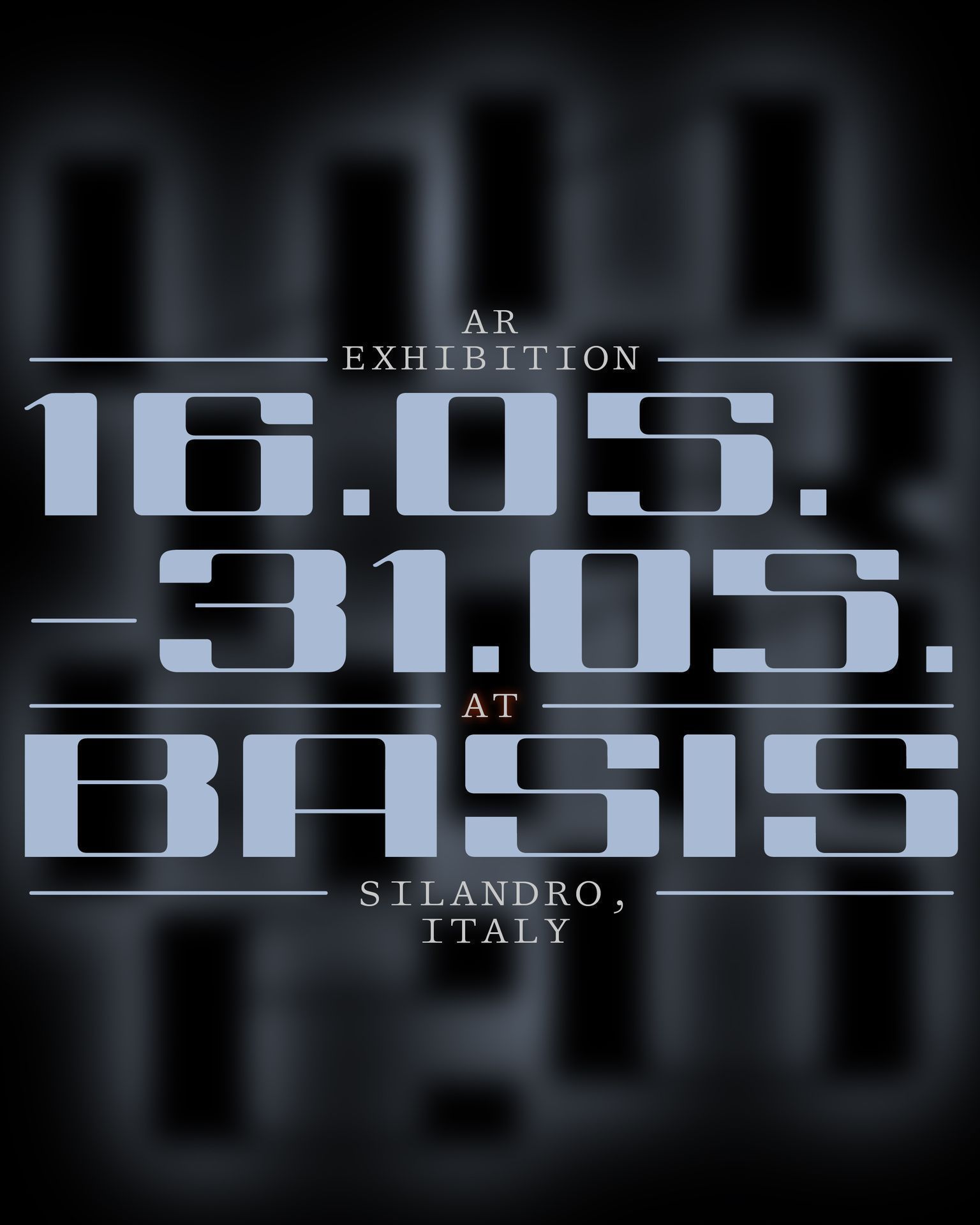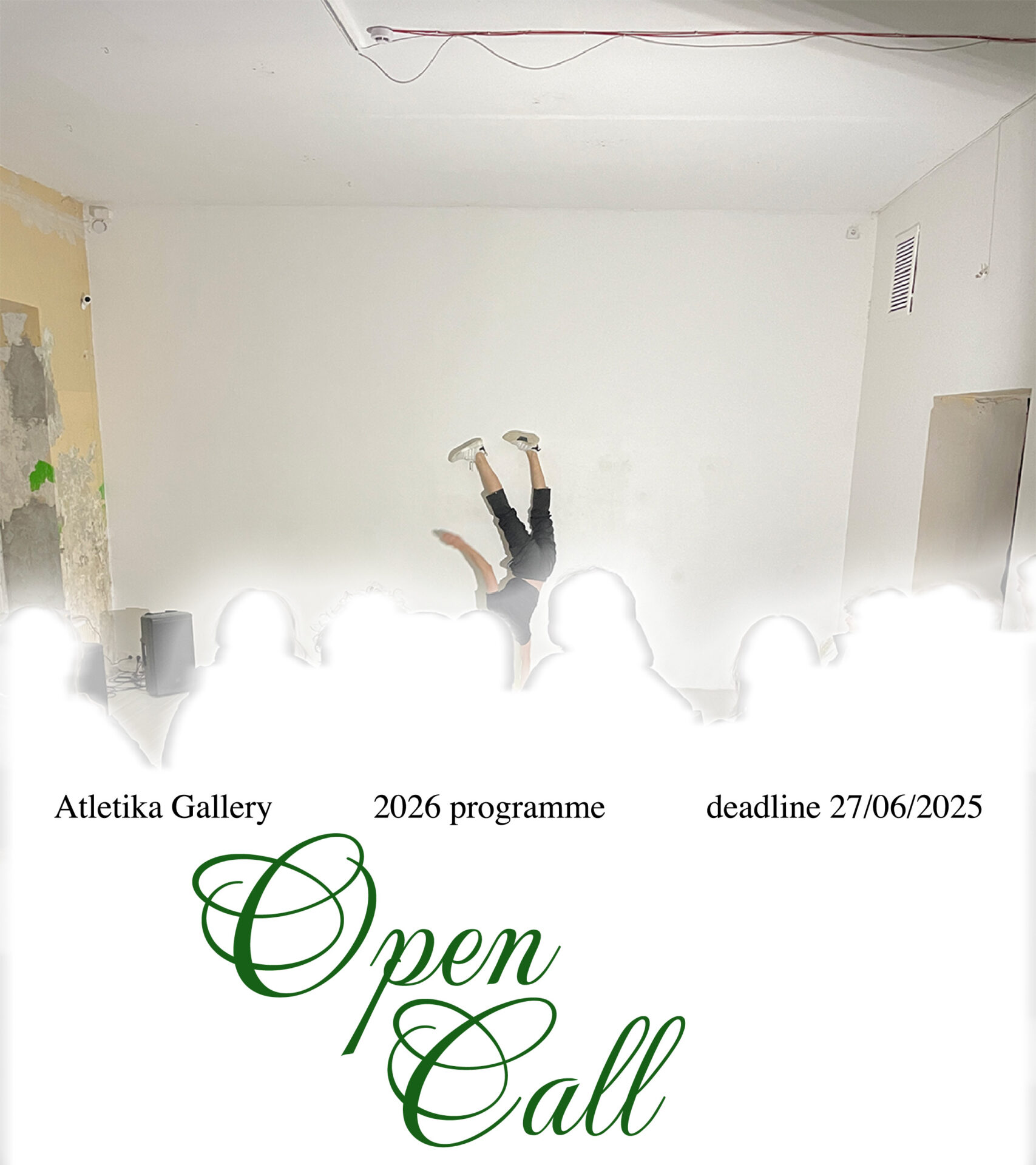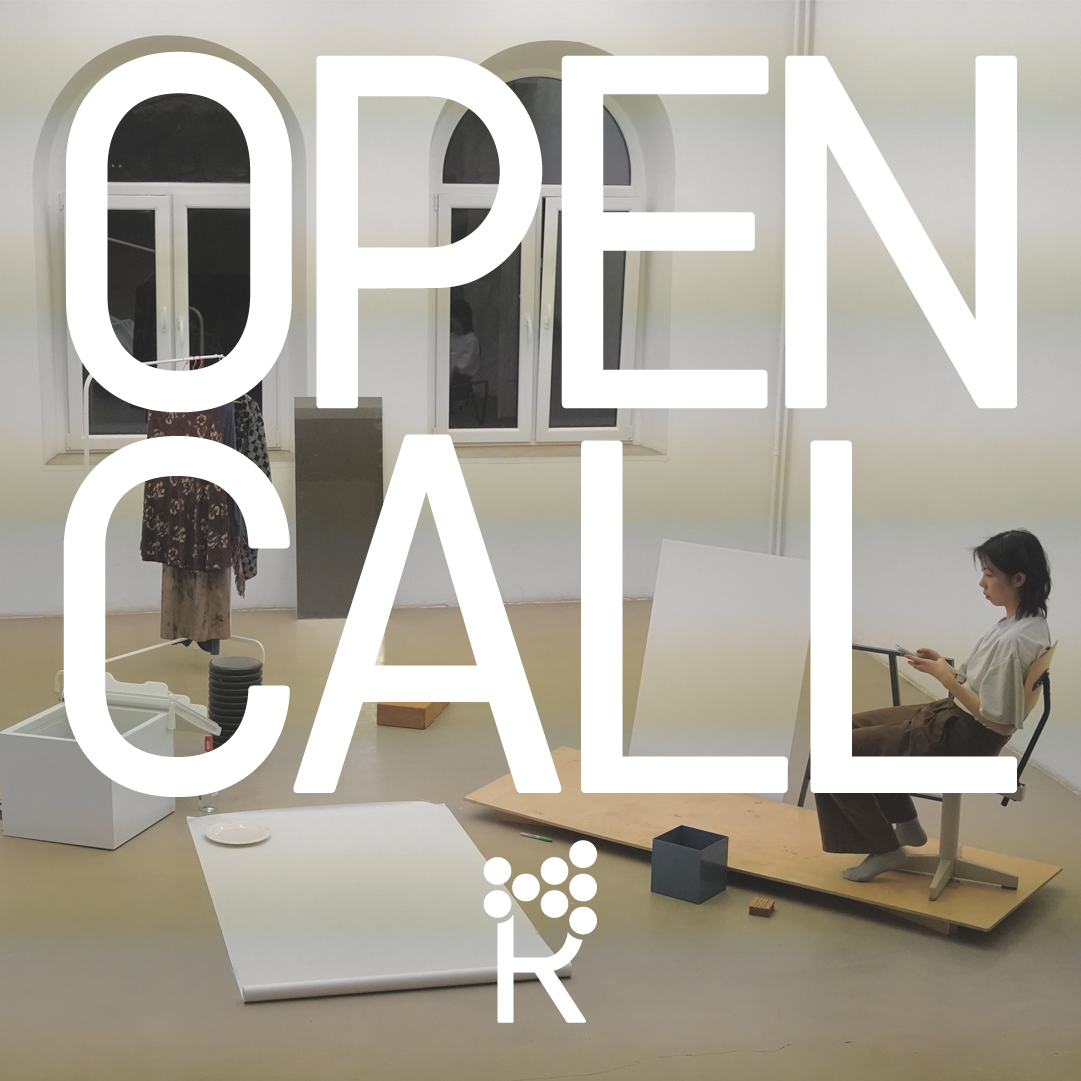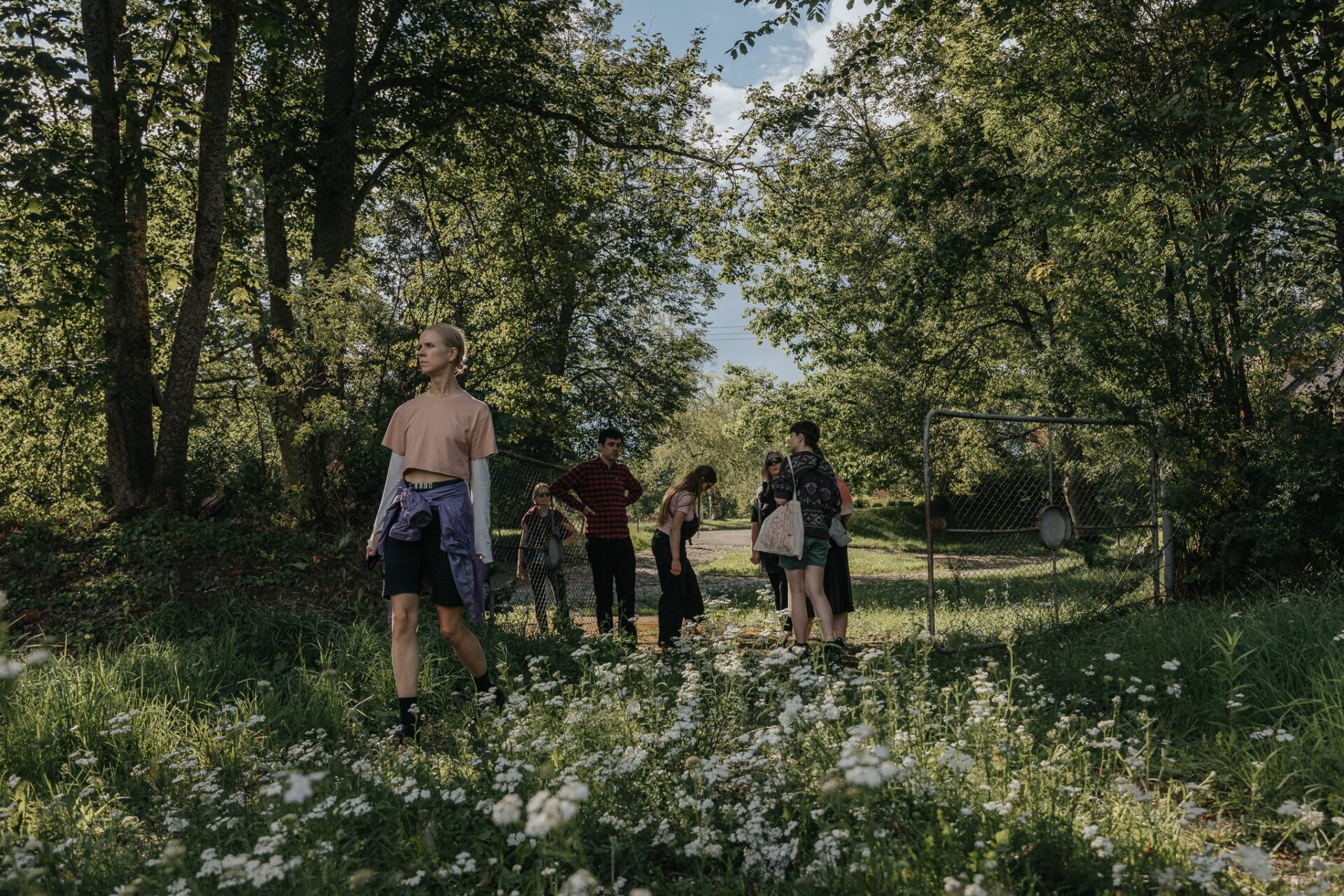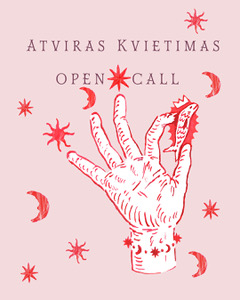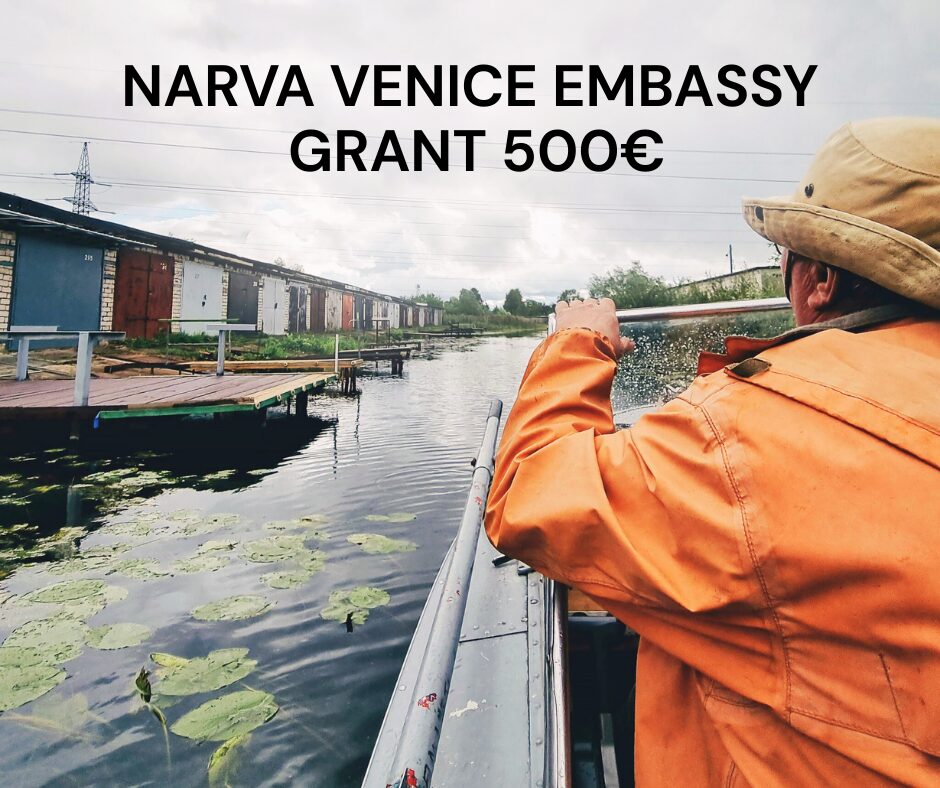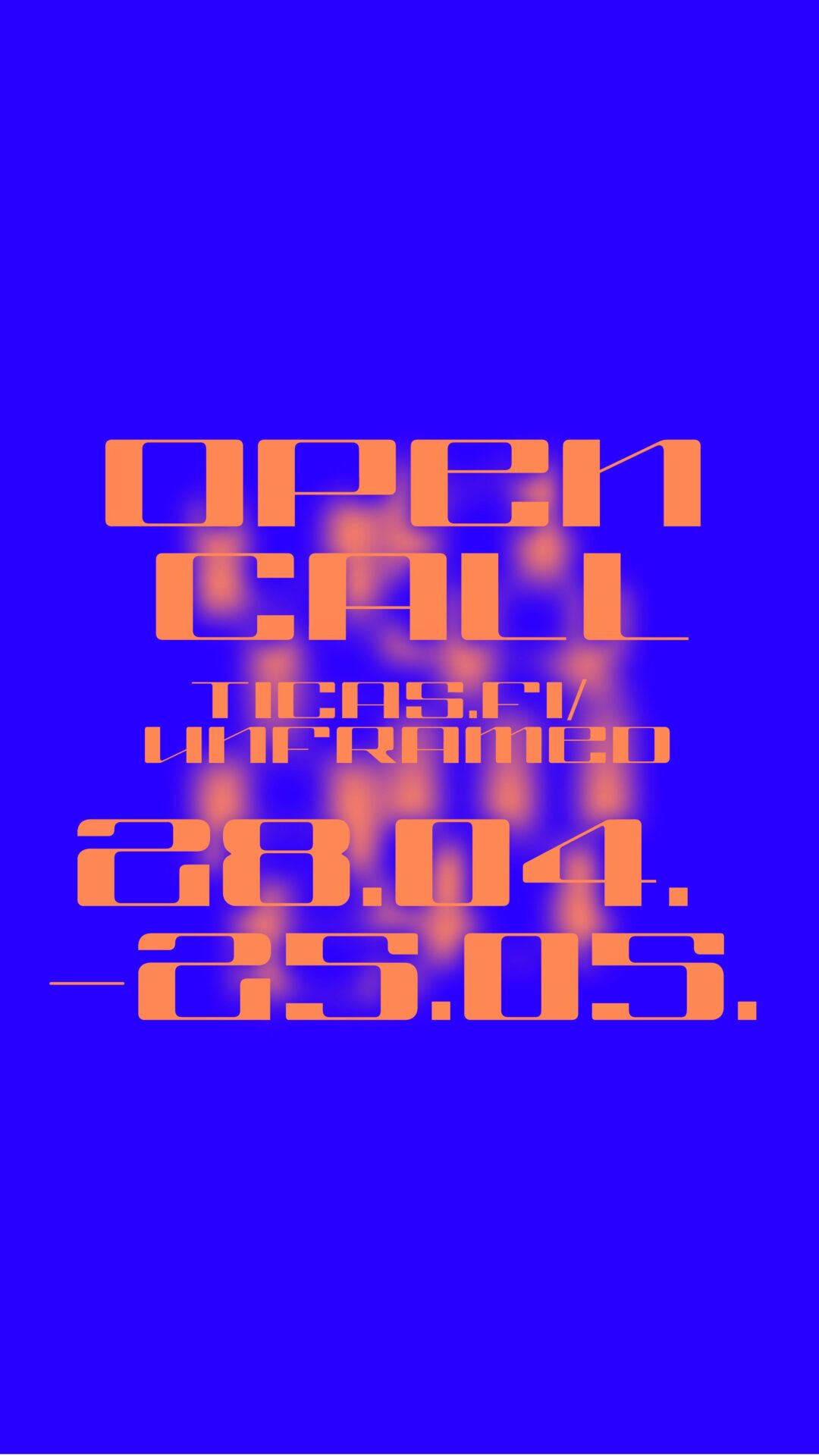Even before I saw the Lithuanian pavilion, several people who visited it said: ‘I cried. I cried like I hadn’t cried for a long time.’ Odd, I thought, this pavilion was not intended to be a tearjerker, and the presentation images seemed witty, even comical. But the flat photographs of this opera-performance did not include the essential elements: sound, text and staging. So the moment I stepped into the space of ‘Sun & Sea’, my eyes spontaneously welled up. I turned to look at my companions, and their eyes were wet. The piece ‘captures’ you, slicing right across protective layers of analytical reason. It overcomes you, submerges you, penetrates you like the grains of sand that long afterwards stick in your hair, your shoes, or your car. It is comic and unpretentious, intellectual and melancholic, multi-layered like daily actions that don’t go away without leaving a trace in the world. The plastic bottles of water we empty while roasting in the sun, the protective sun cream washed away into the sea, the tiny conversations with fellow sunbathers: all continuously transform the physical reality. These tiny everyday rituals of ours have effected a mass extinction of fauna and flora, the acidification of the oceans, and a surge in jellyfish.
But we can talk about it in different ways: moralistically, or without didacticism, without preaching, without insistence. Environmental themes or jellyfish were there in other pieces at the biennale: the sinking streets of Venice, and hybrid plants as seen from the POV of artificial intelligence in Hito Steyerl’s new film-installation, or the French pavilion by Laure Prouvost, where marine creatures, co-authored by Murano glassmakers, cohabit with plastic bags and mobile phones in one hypersea. However, it seems that most artists, including Rugilė Barzdžiukaitė, Vaiva Grainytė and Lina Lapelytė, have eschewed didacticism and scaremongering, preferring to accept this ecological catastrophe we have caused, and to attempt to live in it. In other words, ‘staying with the trouble’, to quote the oft-quoted but still influential Donna Haraway and her term Chthulucene. The Pimoa cthulhu spider feels, touches and explores its new environment with its multiple arachnoid limbs, not trying to deny or escape, but looking for ways of being in it. It is a multi-perspective way of seeing the environment, embodied and sensitive like the tiny hairs on spiders’ legs. This is what ‘Sun & Sea (Marina)’ is like. Jellyfish dresses, bright bags and bottle tops induce a cry of admiration from one of the ‘Sun & Sea’ sunbathers: ‘Oh, the sea has never had so much colour!’
This polyphonic narrative about climate change and environmental problems is like the waves in the sea: discrete, and then merging into a mass of voices. The stories of each character-wave, steered by minimalist music and recurrent rhythmical motifs, are narrated by absolutely appropriate vocals, like the rather hysterical voice complaining about the behaviour of other holidaymakers, about the smoked fish with mayonnaise its owner was forced to eat as a child by a grandmother whose words of wisdom, picking chanterelles in December, are peculiarly appropriate to the times: ‘It’s the end of the world!’ A rich mother listing the seas her son has visited; an exhausted workaholic expressing monotonous and subdued ‘joy’ at finally having found peace on the beach; the enthusiastic story of a traveller about amorous adventures occasioned by unforeseen natural anomalies: all these wittily point to our short-sightedness, and offer an indirect yet firm critique of capitalism and the consumer era. It seems that, apart from the character complaining about chanterelles and litter, only the philosopher is concerned about the problems and the consequences of globalism and consumption. But he, too, is not above lying down on a beach with a banana brought to him by global supply chains.

Opera-performance ‘Sun & Sea (Marina)’ by Rugilė Barzdžiukaitė, Vaiva Grainytė, Lina Lapelytė at the The Lithuanian pavilion, 58th Venice Biennale, 2019. Photography: Andrej Vasilenko
A lucid critique of capitalism also sounded in the earlier opera by the three authors ‘Have a Good Day!’, where a tragi-comic narrative was based on the exhausting toil of supermarket checkout workers, their sensitivity, and the shoppers’ indifference. ‘Sun & Sea’ is full of tragi-comedy, too. The melodies and lyrics offer many ways of approaching the piece at the same time: emotionally and intellectually, visually and aurally; and, inevitably, through memory. ‘Sun & Sea’ seems designed to convey experiences from the Baltic coast. Cold, dirty water in constant algal bloom, sand soaked with beer and smoked fish, a neighbour that won’t shut up, and irritatingly barking nervous little dogs. However, the opera was adopted for Venice audiences, and some of the sunbathers are Venetians, with the field of references and memories expanded with new narratives, and new embodied experiences.
The visitors’ heads distributed around the regular rectangular pavilion are, however, essentially looking down at themselves. Each of us can identify with at least one character on the beach: the philosopher or the exhausted workaholic (or both at once), the complaining lady, the rich mother, or the dreamy girl admiring the new colours of the sea. It is like what astronauts call the overview effect, when you stop and suddenly realise that all the tiny things on this planet (and the universe as well) are interconnected, that drilling for oil in Texas affects Antarctica, and the old computers we throw away end up on the shores of Africa. This is perhaps why the opera is so effective: it hits you in the stomach, in the heart, it takes your breath away, and squeezes out a tear. It offers a rare opportunity to be an astronaut, to see yourself from the side, to see individuals and their choices within hyper-structures, hyper-systems.
Neoliberal ideology tends to put successes, failures and consequences down to decisions and actions by individuals, concealing the systemic problems, limitations and forces acting on these actions. Do not drink bottled water. Live a ‘zero waste’ life. Do not wear synthetic clothes. Use a wooden toothbrush. Tiny choices will have a tiny effect on stopping environmental disaster in a world where a hundred global corporations and a few of the most powerful economies are responsible for most environmental pollution. Both ‘Have a Good Day!’ and ‘Sun & Sea (Marina)’ bring out this paradox: they use discrete stories to tell us about invisible structures that nonetheless physically affect, change and destroy the world, and us. ‘Sun & Sea’ crowns this paradox with the voices of a pair of identical twins: some of us grieve over extinct species, coral bleaching, and our own mortality; while others enthusiastically accept and believe in the Silicon Valley ideology, and technocratic solutions to global and personal problems. Why dread the disappearance of forests, birds, fish, my mother or myself, when I can 3D-print everything, myself, my mother and my entire environment. Children’s voices convey the naivety of this idea better than anything else, at the same time as underscoring the break with older generations, who still puzzle over chanterelles in winter, ripe bananas in the Lithuanian countryside, or a plastic bag sticking to a swimsuit. But ‘Sun & Sea’ does not judge: after all, the Sun is one of the twins, and the Sea is her other side. They will remain after us, caress one another, albeit without fish or octopi, without forests or birds. Only algae and 3D-printed mothers.
Bravo, ‘Sun & Sea (Marina)’. You filled the austere military environment with voices, made the audience hold its breath, and spread grains of sand everywhere.
The Lithuanian pavilion ‘Sun & Sea (Marina)’ is at Marina Militare, Calle de la Celestia, Castello, 30122 Venice, Italy, and will be open until 31 October 2019. The pavilion’s commissioners are Rasa Antanavičiūtė and Jean-Baptiste Joly, the curator is Lucia Pietroiusti.

Opera-performance ‘Sun & Sea (Marina)’ by Rugilė Barzdžiukaitė, Vaiva Grainytė, Lina Lapelytė at the The Lithuanian pavilion, 58th Venice Biennale, 2019. Photography: Andrej Vasilenko
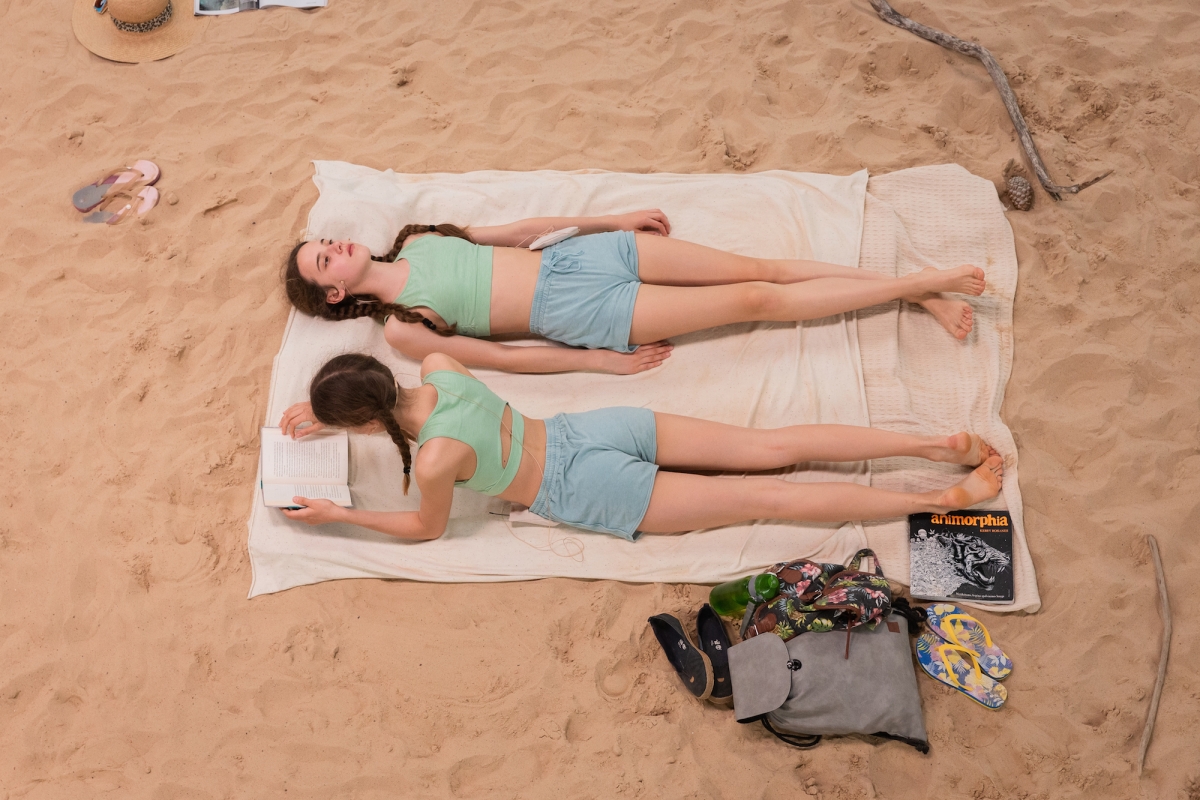
Opera-performance ‘Sun & Sea (Marina)’ by Rugilė Barzdžiukaitė, Vaiva Grainytė, Lina Lapelytė at the The Lithuanian pavilion, 58th Venice Biennale, 2019. Photography: Andrej Vasilenko

Opera-performance ‘Sun & Sea (Marina)’ by Rugilė Barzdžiukaitė, Vaiva Grainytė, Lina Lapelytė at the The Lithuanian pavilion, 58th Venice Biennale, 2019. Photography: Andrej Vasilenko

Opera-performance ‘Sun & Sea (Marina)’ by Rugilė Barzdžiukaitė, Vaiva Grainytė, Lina Lapelytė at the The Lithuanian pavilion, 58th Venice Biennale, 2019. Photography: Andrej Vasilenko
